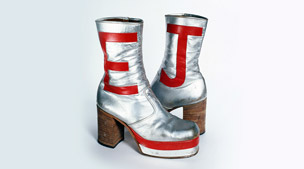How does one deal with thick cap-irons?
I mean, with thin, curved cap-irons, the normal practice, or at least my normal practice (which I readily admit may be wrong), is to build the front edge as a sort of knife-edge, by flattening and sharpening the underside, and polishing the curved surface of the upper side. I never worried much about the angle of the upper edge – it was just what would result from the curved shape of the cap-iron.

With thick cap-irons, at least the one I have seen, there is no such a curved surface. There is a flat surface on the underside, another flat surface on the upper side, resulting in a sort of a wedge, and possibly a very small flat at the edge.

So, how should one sharpen a thick cap-iron? The angle of the “wedge” seems too low for it to work as a normal cap-iron does in shaping the chip, so I assume there must actually be another (highly polished) small surface at the front, between the upper and the lower surfaces of the “wedge”.

Is my reasoning right? If it is, should this small surface be flat or curved? How high should it be? If flat, what would a good range for its angle?
(yes, I’ve read the article on Kato’s et al. experiments, but he seemed more interested in the effects on iron wear than on proper chip formation, so I don’t know if the conclusions apply in real, everyday planning life)
Thanks for any suggestions
I mean, with thin, curved cap-irons, the normal practice, or at least my normal practice (which I readily admit may be wrong), is to build the front edge as a sort of knife-edge, by flattening and sharpening the underside, and polishing the curved surface of the upper side. I never worried much about the angle of the upper edge – it was just what would result from the curved shape of the cap-iron.

With thick cap-irons, at least the one I have seen, there is no such a curved surface. There is a flat surface on the underside, another flat surface on the upper side, resulting in a sort of a wedge, and possibly a very small flat at the edge.

So, how should one sharpen a thick cap-iron? The angle of the “wedge” seems too low for it to work as a normal cap-iron does in shaping the chip, so I assume there must actually be another (highly polished) small surface at the front, between the upper and the lower surfaces of the “wedge”.

Is my reasoning right? If it is, should this small surface be flat or curved? How high should it be? If flat, what would a good range for its angle?
(yes, I’ve read the article on Kato’s et al. experiments, but he seemed more interested in the effects on iron wear than on proper chip formation, so I don’t know if the conclusions apply in real, everyday planning life)
Thanks for any suggestions






